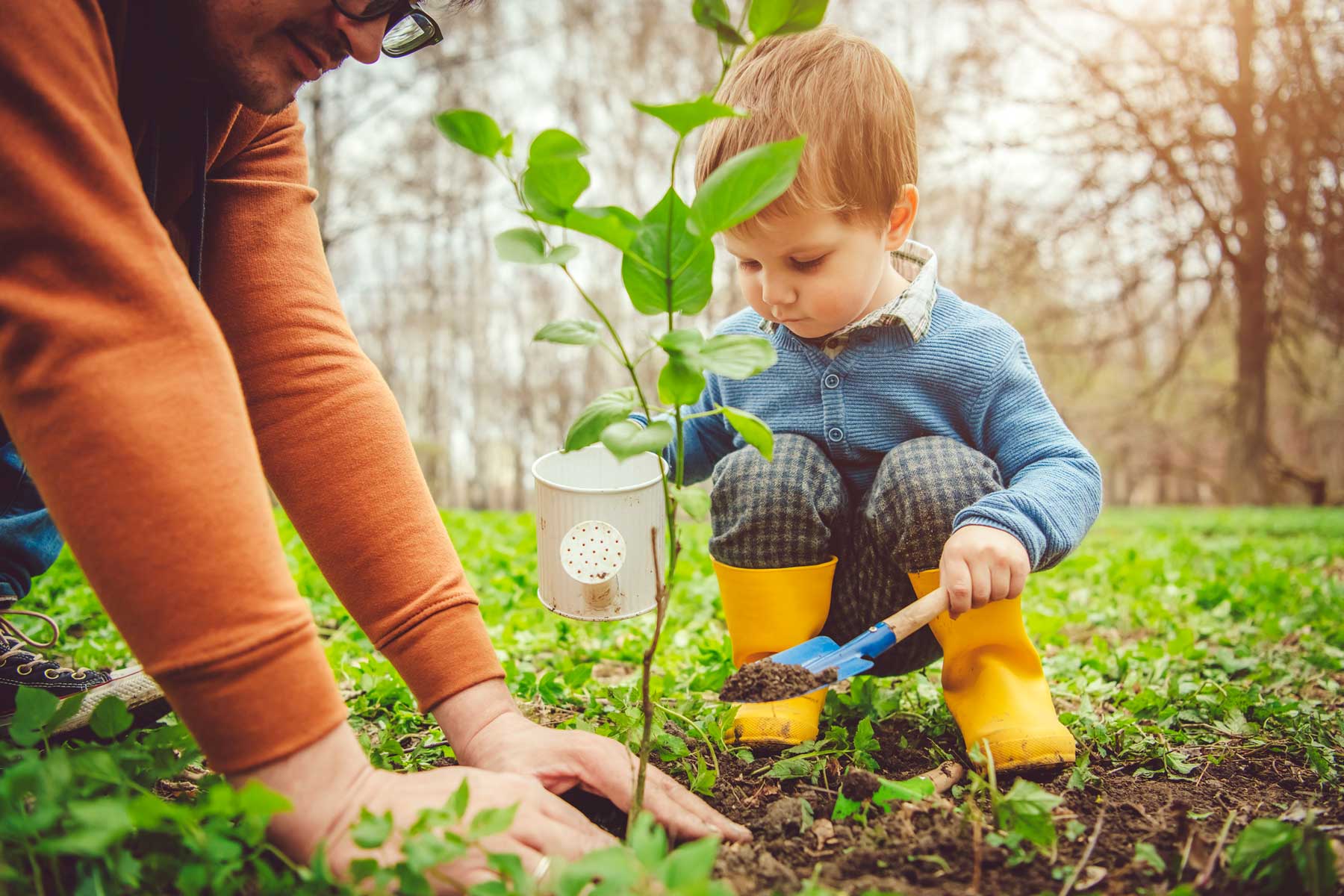Floating Rocks!
This lesson introduces children to the concept of weight, buoyancy and density as they observe some rocks floating on water and some rocks sinking.
Content Area:
Earth, Water and Air
Learning Goals:
This lesson will help toddlers and preschoolers meet the following educational standards:
- Demonstrate curiosity about the world and begin to use the practices of science and engineering to answer questions and solve problems
- Explore concepts and information about the physical, earth and life sciences
Learning Targets:
After this lesson, toddlers and preschoolers should be more proficient at:
- Developing beginning skills in the use of science and engineering practices such as observing, asking questions, solving problems and drawing conclusions
- Exploring the physical properties of objects
- Planning and carrying out simple investigations
- Generating explanations and communicating ideas and/or conclusions about their investigations
- Identifying, describing and comparing the physical properties of objects
- Collecting, describing, comparing and recording information from observations and investigations
- Making meaning from experience and information by describing, talking and thinking about what happened during an investigation

Floating Rocks!
Lesson plan for toddlers/preschoolers
Step 1: Gather materials.
- Water table, clear bucket or dishpan
- Pumice stone (purchase at a drugstore or pet store aquarium department)
- Rocks of different sizes—enough for each child to have at least one rock
- Small pebbles (usually available at the Dollar Tree store)
- Water
- Towels
- Notebook and pencil
- Stopwatch (optional)
Note: Small parts pose a choking hazard and are not appropriate for children age five or under. Be sure to choose lesson materials that meet safety requirements.
Step 2: Introduce activity.
- Begin by collecting your rocks and other materials.
- Explain that today we are doing a scientific experiment to see if rocks sink or float.
- Ask: “Why do you think an object sinks or floats?”
- Ask: “Which rocks do you think will float?”
- Compare textures, weights and colors.
Step 3: Engage children in lesson activities.
- Once you have gathered your rocks and equipment, you are ready to start your science experiment to test which rocks float and which rocks sink.
- Ask the children to predict whether their rock will sink or float. If you are doing this in a classroom, this can be done with a show of hands in favor of a rock sinking or floating. It can be fun to have one child record a tally to indicate each prediction.
- Children often predict before the experiment that a rock’s weight and size will have an impact on whether the object floats or not, as opposed to a rock’s density. Use pumice stones in different sizes to demonstrate that density plays a greater role in determining whether something will sink or float than weight or size.
- Ask: “Which rocks do you think will float? How long did it take for the rocks to sink to the bottom? Does the size and weight of the pumice affect the result? What happens to the pumice stone if we leave it in water for a long time?”
- Explain: “Pumice is an igneous rock that starts out as liquid lava shooting out of a volcano. The inside of a volcano can be extremely hot. When hot lava shoots out of the volcano, it meets the cold air and cold seawater, which causes air bubbles to become trapped in the center of the cooling, hardening lava. Pumice stones are full of captured air cavities. They feel almost like chalk and they can be made mostly of air. These trapped air bubbles are the reason why pumice rocks float.”
- Say: “The rocks sink or float based on their density. Pumice floats because it is very low in density due to all of the air bubbles inside.”
Step 4: Vocabulary.
- Buoyancy: The upward force of an object that is produced by the fluid or air that the object is placed in
- Density: How compact the molecules of an object are
- Experiment: To test out a prediction to find out if a prediction is correct or not
- Float: To stay on or above the surface of the water
- Material: Any substance that an object is made from (glass, chalk, paper, water, air, clay and plastic are all materials)
- Observe: To watch and document an item to gather information
- Sink: To go below the surface of the water
Step 5: Adapt lesson for toddlers or preschoolers.
Adapt Lesson for Toddlers
Toddlers may:
- Enjoy playing in shallow water and adding objects to the water as you introduce the vocabulary words “sink” and “float”
Child care providers may:
- Keep the water at a safe level and let the toddlers experiment with different items
Adapt Lesson for Preschoolers
Preschoolers may:
- Wish to use a stopwatch to time how long it takes for a rock to sink
- Work in pairs or small groups
Child care providers may:
- Encourage older children to document their findings by creating a chart, with the first column titled ‘Did the rock float Y/N’ and the second column listing the time that it took for the rocks to sink to the bottom
Suggested Books
- Blue Floats Away by Travis Jonker
- Floating and Sinking, a children’s science book about basic physics, by Carson Dellosa Education
- What Floats in a Moat? by Lynne Berry
Music and Movement
Sing the “Will It Float?” song to the tune of “When the Saints Go Marching In”:
Oh, will it float or will it sink?
Which will it be; what do you think?
Will it stay on top of the water?
Or, like an anchor, will it sink?
Outdoor Connections
- Use a small wading pool outdoors for this experiment
- Allow the children to expand their investigative play by dropping any object they wish into the water after predicting whether it will sink or float
Comment on this lesson